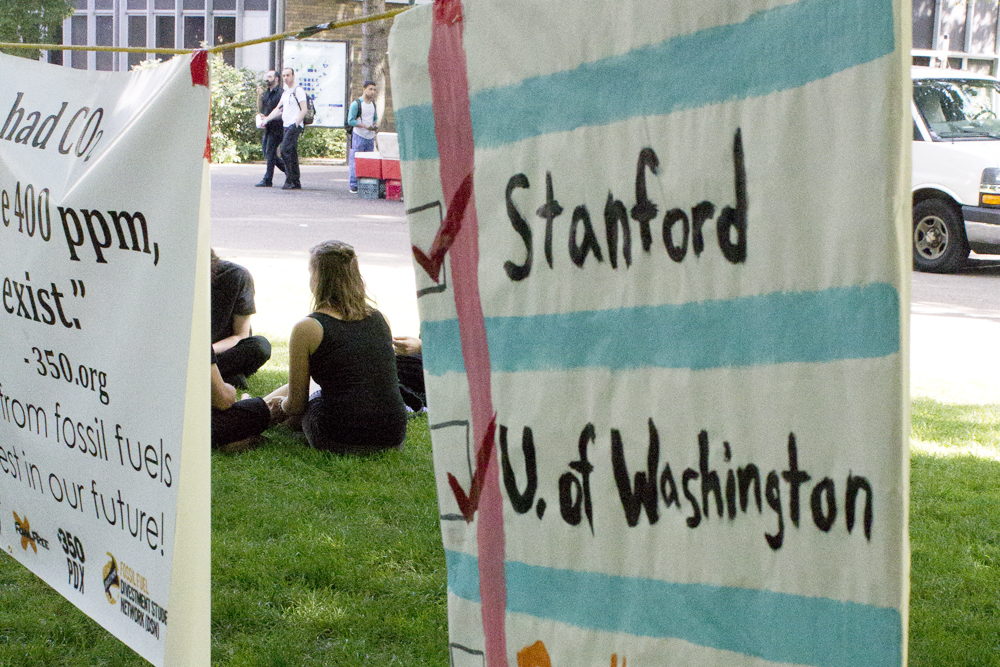Typically, students cannot take classes on the Beatles, knitting or self-defense for university credit. However, through the Chiron Studies program, such classes exist.
You could be the start of something big
Typically, students cannot take classes on the Beatles, knitting or self-defense for university credit. However, through the Chiron Studies program, such classes exist.
Chiron Studies is a unique program that allows students to work as instructors while developing their own courses.
Chiron Studies has been around since 1968 and was originally constructed as a student group. It disintegrated in 2005 but was reorganized in 2008 under the wing of the Office of Academic Affairs—specifically, Shawn Smallman, vice provost for curriculum and dean of Undergraduate Studies.
Each Chiron Studies class is a four-credit, Interdisciplinary Studies, freshman-level course, graded A through F. Students pay the same fee per credit as for any other university course, while student instructors receive a $700 stipend at the completion of the term, valuable experience and the chance to pilot a program.
“Opportunities provided by Chiron Studies really can’t be found anywhere else in the country,” said senior Eddie Hallman, Chiron Studies coordinator.
Hallman mentioned the possibility of Introduction to Asian Studies, Disabilities 101 and a sustainability class resulting in course offerings in later terms.
Becoming an instructor is a process that begins with e-mailing an informal course abstract to the Chiron Studies Committee that includes what the class would be about, what the students learn and what qualifies and motivates the instructor, said Hallman.
Holly Millar, a senior English major with a writing minor, and Howard Mitchell, a post-baccalaureate student pursuing a second degree in education with a liberal studies degree, are both instructors in Chiron Studies courses. Millar teaches “Read and Write Middle Grade Fiction” and Mitchell teaches “Great Painters and Film Auteurs.”
Acceptance of the course abstract requires more work from the prospective instructor, since the next step is a more in-depth proposal that is voted on by the Chiron Committee, Millar said.
The Chiron Studies Committee is made up of between five to nine students, three to five faculty members and up to two community members.
Faculty sponsors review proposals, print an enrollment roster, submit grading forms, advise and, if an instructor is unable to fulfill the obligation, facilitate a replacement, Hallman said.
The hopes of the present committee are to promote quality over quantity by narrowing down the selection process to between two and four courses per term, Hallman said.
After being accepted by the Chiron Studies Committee, student teachers must secure a faculty sponsor and a minimum enrollment of 15 students, Hallman said.
Millar’s course has 19 students.
“It’s a real struggle to coordinate 19 people and accommodate their learning needs,” she said.
English Professor Susan Reese, Millar’s faculty sponsor, supports Millar’s course.
“It’s a great opportunity for excellent students, like Holly, to obtain teaching experience,” Reese said.
Mitchell was a student in “Independent American Film of the ’80s,” taught by Jonah Ross, Mitchell’s faculty advisor.
“Howard [Mitchell] was one of the few students who inspired other students to contribute to classroom discussions,” Ross said.
Mitchell is interested in continuing to teach.
“I plan on completing my terminal degree in the East Coast—Rutgers—and teach at the university level,” Mitchell said.
To become a Chiron Studies instructor:
• Minimum of 90 credits completed by the prospective student instructor
• Class must not be replicated elsewhere in the curriculum
• Chiron Committee approval




